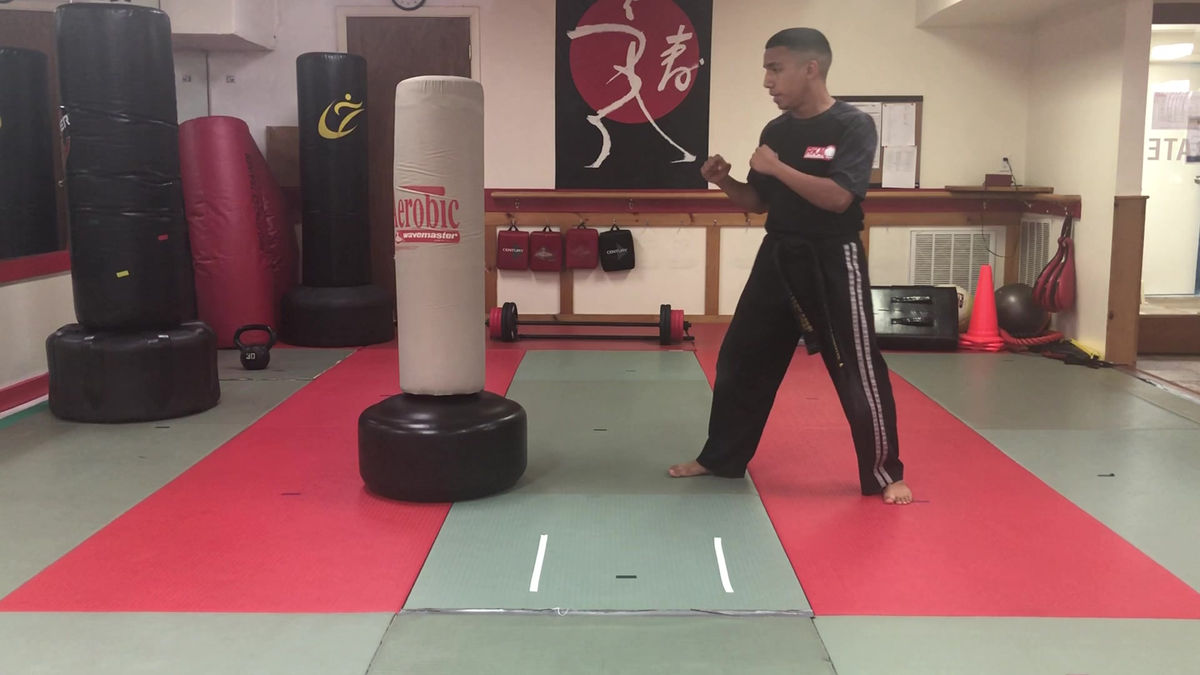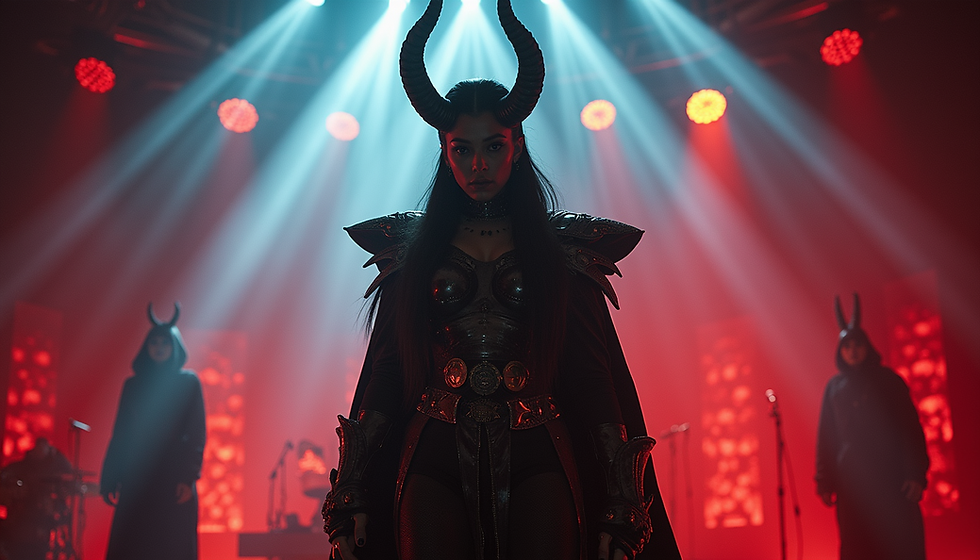Nunchucks
- Joseph Fanning
- Sep 15
- 5 min read
Nunchucks—those iconic martial arts weapons with two short sticks connected by a chain or rope—are probably one of the most recognizable weapons in popular culture, thanks to films like Enter the Dragon (starring Bruce Lee) and characters like Michelangelo from Teenage Mutant Ninja Turtles. Despite their flashy, almost theatrical presence in pop culture, nunchucks have a practical history and fascinating mechanics behind them. Let’s dive into it!
What Are Nunchucks?
Nunchucks are a traditional martial arts weapon made up of two sticks, usually around 12 to 14 inches long, connected by a rope, chain, or cord. The user holds one stick in each hand, using the chain or rope to swing the sticks in various patterns to strike, block, or disarm an opponent. The weapon relies heavily on speed, timing, and precision, making it a highly effective but challenging tool in skilled hands.
Origins and History of Nunchucks
Nunchucks are often associated with karate and kung fu in popular media, but their origins are somewhat mysterious. They’re thought to have originated in China or Okinawa, Japan, during the 16th century. The exact history is unclear, but here’s what we know:
Possible Origins:
Agricultural Tools: The most common theory is that nunchucks were originally farm tools, most likely used in rice paddies. They were believed to be flail tools used for threshing grain (i.e., separating the edible part of the rice from the stalk). Some suggest that farmers began to use them as improvised weapons when they couldn’t carry traditional weapons. Over time, they were adapted for martial arts, particularly in Okinawa.
Okinawan Martial Arts: The weapon was later incorporated into Okinawan martial arts, where they were used as tools of defense. Given that Okinawa was ruled by the Japanese during the Edo period, martial artists had to rely on improvised weapons (or no weapons at all) due to strict weapon bans. The nunchucks were small, easily hidden, and could be used effectively even in close quarters.
Chinese Influence: Some theories trace the weapon’s roots to China, where weapons like the Twin Sticks or Meteor Hammers (connected by a chain) were developed. The style and techniques of Chinese martial arts could have influenced the development of nunchucks in Okinawa, as Okinawan martial arts were heavily influenced by Chinese fighting techniques.
The Mechanics of Nunchucks
Nunchucks may look simple, but their use requires a high level of skill, dexterity, and understanding of centrifugal force. Here’s how they work:
Parts of the Nunchaku:
Handles: The two sticks, traditionally made from wood (but sometimes metal, plastic, or foam in training versions), are the main part of the weapon. They are typically about 12–14 inches in length and can be customized in terms of weight and grip.
Connecting Chain/Rope: The chain or rope connecting the two sticks is usually about 5 to 7 inches long, but it can vary. The chain allows for more fluid motion, while a rope offers more flexibility and control. The length of the chain determines how wide the swing can be.
End Caps: Often, nunchucks have caps at the ends of the sticks for added protection. These can also help increase the weight of the weapon for improved momentum.
How Nunchucks Work:
The key to using nunchucks effectively is learning how to control the momentum of the swinging sticks. When a user swings one of the sticks, they create centrifugal force, and the other stick can be used as a “counterweight,” allowing the nunchucks to spin quickly and fluidly. The swings can be in different patterns—horizontal, vertical, diagonal—and can be used to strike, block, or disarm opponents.
Techniques and Training:
Nunchucks require precise control and technique to avoid hitting oneself, and training can take years to master. Here are some basic techniques:
Basic Swing: The most fundamental move is the basic swinging motion, where one stick is held and swung back and forth to build momentum.
Figure-8 Motion: This is a common technique where the nunchuck moves in a figure-8 pattern, allowing the user to keep control of the weapon while attacking. It’s both fluid and defensive.
Blocking and Deflecting: Nunchucks can be used to deflect or block incoming strikes. With their spinning motion, they can intercept or redirect the trajectory of another weapon or punch.
Striking: Nunchucks can be used to strike with both ends of the sticks, and the speed and precision of the strikes can be devastating. Depending on the level of expertise, they can be used for jabs, smashes, or rapid flurry attacks.
Flips and Spins: As a martial artist gains more skill, they can incorporate flips, spins, and aerial maneuvers into their techniques, making the nunchucks an incredibly dynamic weapon.
Nunchucks in Martial Arts
Nunchucks are most commonly associated with karate and kung fu, but they’ve also been incorporated into other martial arts like jeet kune do (Bruce Lee’s martial art) and nunchaku jutsu (the art of using nunchucks). In some martial arts schools, training with nunchucks is part of the curriculum to help improve hand-eye coordination, timing, and rhythm.
Popular Culture and the Influence of Bruce Lee
Bruce Lee is often credited with bringing the nunchucks into the global spotlight. In the 1972 film Enter the Dragon, Lee famously wielded nunchucks in a memorable fight scene, making the weapon synonymous with his martial arts prowess. His incredible speed, skill, and agility while using nunchucks made them look almost mystical, and from that point on, they became a staple of martial arts movies and action heroes.
Bruce Lee’s influence led to the creation of nunchaku jutsu (the art of using nunchucks), and many martial artists today still practice with them, either for self-defense or for sport.
Additionally, Michelangelo from Teenage Mutant Ninja Turtles is known for his mastery of the nunchaku, which has helped cement the weapon’s association with ninjas and martial arts in popular culture. Even though he’s a fictional character, Mikey’s use of nunchucks has made them popular with younger audiences.
Modern-Day Nunchucks
In modern times, nunchucks are mostly used for sport and fitness training rather than combat. There are competitions worldwide where practitioners demonstrate their nunchuck skills, and the weapon is featured in martial arts tournaments and demonstrations.
In addition to traditional wooden nunchucks, today’s martial artists may train with foam or rubber nunchucks for safety, especially in beginners' training or demonstrations. They come in various materials, including wood, plastic, or metal, and can even feature lights for dramatic effect in performances.
Legal Issues
Interestingly, nunchucks are illegal in some parts of the world, including certain U.S. states. Because of their association with martial arts and weaponry, they can sometimes be classified as "dangerous weapons", especially if used for self-defense or in public spaces. Always check local laws if you’re planning to train with or own a pair of nunchucks.
Nunchucks are an incredibly dynamic and versatile weapon in martial arts. They combine speed, control, and creativity—which is why they’ve captured the imagination of both martial artists and action-movie fans. Whether used for defense, exercise, or sport, nunchucks remain a symbol of skill, precision, and martial prowess.
MoeJoe is an orange belt in karate.










Comments